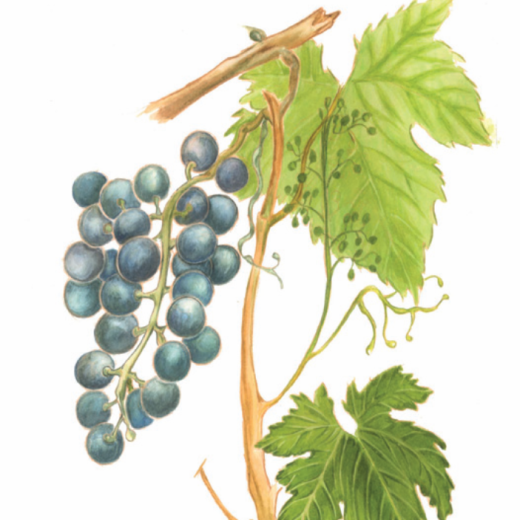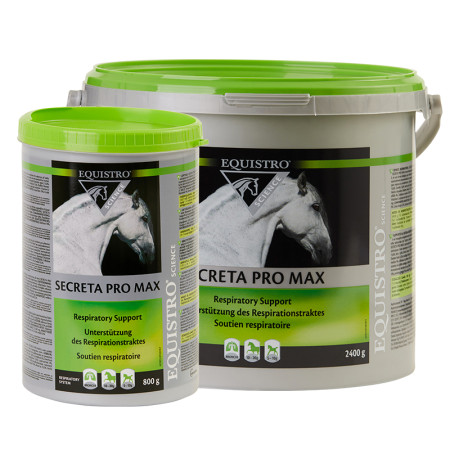
Grape (Vitis vinifera)
Description
Grapes are native to southern Europe and western Asia but are cultivated in warm temperate regions throughout the world. They grow in bunches (from 6 to 300) on woody, climbing vines. These fruits come in a variety of colours, including black, blue, golden, green, red, white, and purple.
Properties
Leaves, which are rich in tannins (notably procyanidolic oligomers[OPC]), flavonoids (kaempferol), rutin and minerals, are primarily used as herbal medicine.
Possible uses
Tha flavanoids contained in Vitis vinifera can have positive effects on vascular integrity. They seal the vessels and prevent water from penetrating the tissue.
Although grape seed has been suggested for many conditions, the best evidence supports its use for its antioxidant effects - thanks to the contained vitamin E - for improving cardiovascular function.
Important to know
Preliminary evidence suggests OPCs may provide greater protection against reactive oxygen species than vitamin E, vitamin C or beta-carotene. OPCs are also thought to limit the proteolytic enzymes collagenase, elastase, hyaluronidase and beta glucuronidase involved in cartilage and vasculature degeneration.

